I have found that people often assume that they will not be able to do macro photography without expensive kit. Certainly, I now enjoy using Canon’s 100mm L IS macro lens on the full-frame 5Dii, hardly inexpensive equipment. However, looking back through my macro shots I was surprised how many, fairly decent, images I had achieved before I bought my current kit.
Most of the shots in today’s post were taken using my 400D, a fairly old, entry-level DSLR with only 10mpx at its disposal. All of them, except the last one, were taken using the Sigma 50mm f2.8 EX DG Macro, a nice little lens that you can pick up for £250 or less.
True macro lenses have a fixed focal length. They are prime lenses and, therefore, usually produce higher image quality than a zoom.
A 50mm prime has many uses beyond macro. 50mm is a nice length for portraits, for example. So your macro lens is a good and versatile purchase.
I recently read in a photography magazine that anything less than 100mm was too short for shooting insects. Hopefully, this post proves otherwise.
Another item often touted as essential for macro work is an expensive flash, usually a ring flash for insects. Not so. All of my macro work is done in natural light.
If you are not yet ready to buy a macro lens, there are other options. Extension rings, dioptres, or reverse mounting a regular lens, all achieve good image magnification although handling them well takes some practice.
Finally, do not assume that without dedicated macro equipment, close-up work is out of reach. This final shot was taken using a 24-105mm zoom lens.
Outdoor macro photography is my favourite genre. You can do it at almost any time of day and it is best when the sun is not shining. Perfect for those of us who live in a country the sun has forgotten and whose other commitments prevent them spending hours waiting for the light at sunset and sunrise.
Are you already a macro fan, or are you thinking of taking it up?

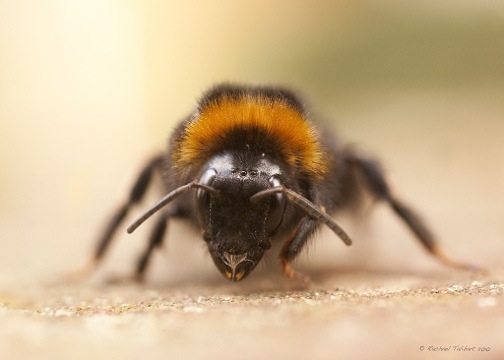
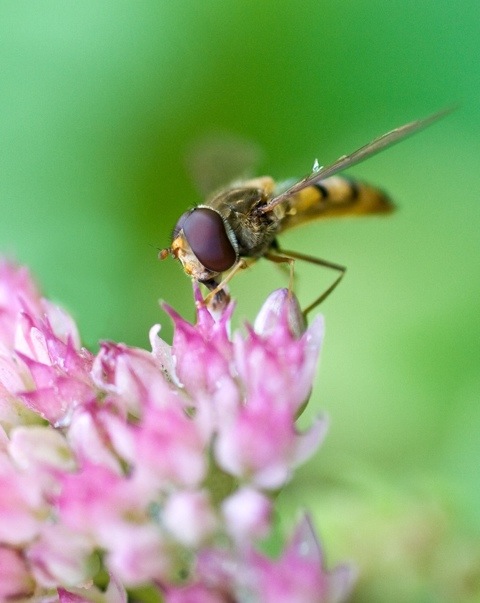
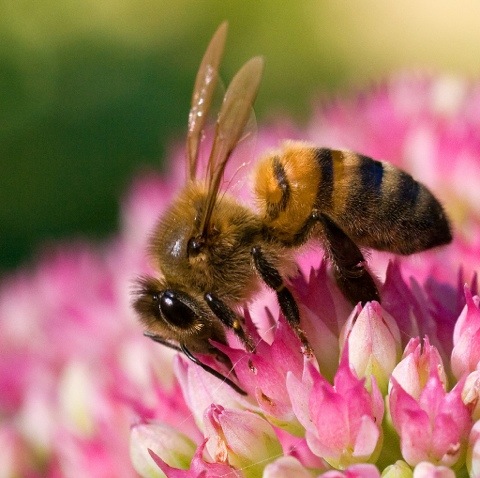
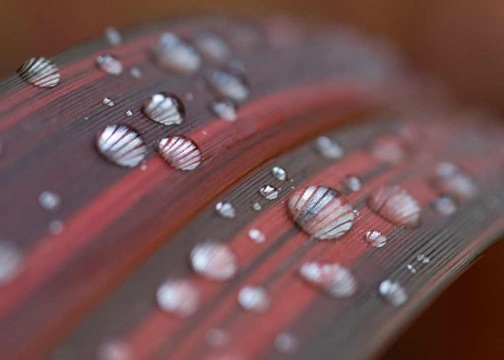
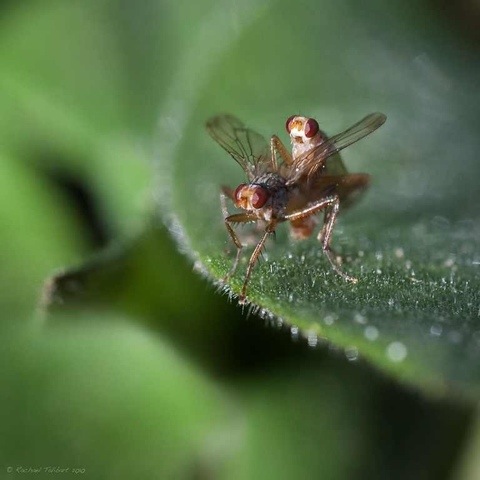

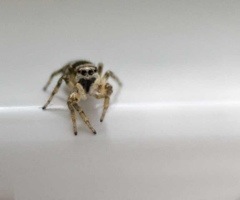
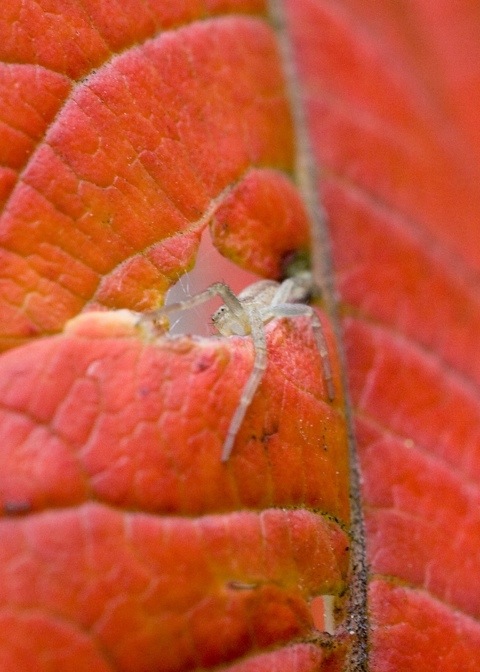
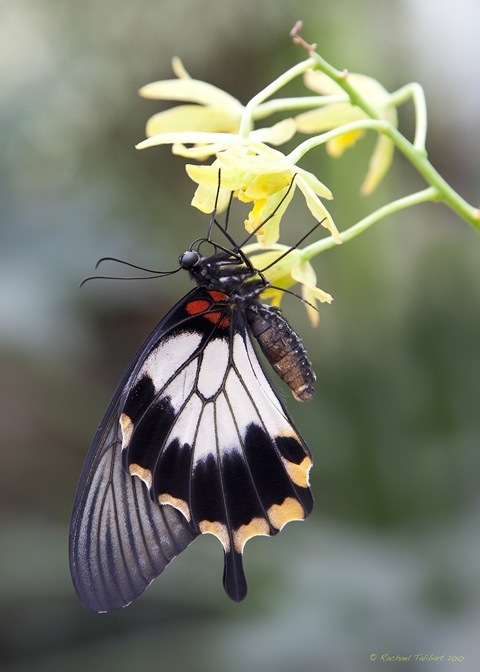
Nice post and images! I want to do more macro work but don’t have dedicated equipment. So I rely on my kit lens or my 70-200L.
Hi Rick. Thanks for commenting. The 70-200L is a nice bit of kit.
Loved your shots, Well taken! =)
Thank you very much!
Fantastic pics! I’m a Sigma 50mm macro lens happy owner myself: great inexpensive lens!
Thanks, Silvia. I still have mine, despite upgrading. I couldn’t bring myself to part with it. 🙂
Hi, Rachael. I like your macro stuff. And I, too, discovered I liked shooting up close by using the only lens I had at the time, a 28-200 kit lens. By the time I bought a dedicated macro–a Tokina 100mm–I was sure of how I would use it. It got me a little bit closer and a lot more aperture, but of course I didn’t need that wide-open lens for macro, where DOF is already so thin. After a year using the Tokina to make 95% of my shots, I saw a Nikon 105 VR on craigslist and bought it. The Nikon brought a much faster auto-focus and VR, but I switch both of those off for the real macro that I do nearly all the time. It’s a better lens for a telephoto, but the Tokina did that well, too. So, if I still had only the kit lens, I think I’d stil be enjoying myself and doing decent work. For me, I think it was mostly aspiration and acquisitiveness that drove me to the next two purchases. But, yes, I do enjoy the good Nikon.
Thanks, Paul. Macro is quite addictive isn’t it. Remembering to switch off IS when I use a tripod is a challenge for me. I can remember getting up for sunrise on holiday in Vancouver Island and braving a horde of biting midges to get my shots only to find I had forgotten to switch off IS and every frame was soft. Grrr.
Your photographs are an inspiration. I would love to do Macro work but I do not even have digital SLR yet. I still have my old 35mm SLR and assortment of lens, I cannot bear to get rid of it.
Can you suggest a beginner level SLR?
Hi. It depends on a couple of things. First, what is the make of your current SLR? Some of your lenses may fit a DLSR of the same make. Also, what sort of figure are you looking to spend?
Thank you for responding. Firstly it is kind of you to use the word “current” SLR, it is actually more accurate to think “antique”. It is an Asahi Pentax and I think a problem may be that it has a screw fitting for lens. This was beginning to be a problem as the later SLRs moved to bayonet fittings.
I have no idea what a reasonable price would be to pay. In ye olde days it was possible to buy second hand cameras and lens that were excellent quality and really did not deteriorate with careful use. With digital its more like buying a computer, the newer you get the better the quality/price ratio. The first digital cameras were much inferior to what most people have on their phones today.
I think, to give you an idea, I would like it to be possible to technically obtain the quality of your Macros. I am leaving the skill here to the side, I am in no way underestimating its importance. I may not be able to drive a sports car at 150 mph but I could buy one that could reach those speeds.
Well, I can only offer advice on canon because that’s the only brand I know. If money is no object, then you could hardly go wrong with either the 5Dii or the 7D. The 5Dii is full frame, so if you also fancy doing landscape work it’s the one to pick. The 7D is better for sports or fast subjects generally as it has many more frames per second and more focus points. Add the 100mm IS macro lens and you are away. The new 5Diii has apparently addressed some of the speed and focus issues with the 5Dii but, being new, is not economical, yet. I expect the price of 5Dii will be quite good now the newer model is out. It is a cracking camera.
If, however, you want to start with something more economical, the 60D is well regarded and would still work well with the 100mm macro or, of course, the 50mm Sigma which can be picked up at a fraction of the cost. The big advantage of the 60D plus 50mm Sigma is that they would be far lighter and easier company on a hike.
Nikon of course do some super cameras too, as do Sony and Pentax. Also I understand that Fuji’s bridge cameras are very good and the Panasonic Lumix range is well regarded if you fancy something smaller still, with interchangeable lenses.
Good luck! I have never regretted moving to digital. Like you, however, I have not been able to bear to let my old film SLR go. 🙂
Thanks for such a full report. It gives me something to think about as I was really lost with the digital SLR. When you lose the thread on something it is difficult to pick it up but you have clarified a lot for me in simple language.
I really have an urge to try my hand at some decent macros.
Again, many thanks.
You are very welcome. Good luck with your purchase. I look forward to seeing the photos!
Great post on what can be achieved with slightly inexpensive kit. I love macro photography but I don’t have a macro lens. I have a 35mm Nikkor prime lens and that has done me well so far. Also bought Raynox DCR 150 add on. And it’s great, if a little tricky to use and get *just* right. But it’s a nice cheap alternative.
Thanks. I know the Raynox is a nice, if tricky, piece of equipment. Worth practising to get it right, as you say.
Very nice post and photos Rachael. I so agree that macro does not have to be expensive, I started off using macro filters on the end of my 50mm 1.8, worked really well and I too only use natural light.
Thanks, Karen. 🙂
Wow, Rachael, hard to pick a favourite here, they’re all so good. Nice post!
I have a macro prime in mind designed for my camera for weekend rambles when I’m not doing a “serious” hike. Just yesterday I spent half an hour absorbed in “shooting” a tiny spider dangling at the entrance to a drain pipe at the local river – this with a 24mm prime that won’t let me get closer than six inches. A real macro would’ve been great fun. Even so, it was totally fulfilling, but I don’t think I’d take a macro on a “real” hike or multi-day/week walk, say, where time is more important and you don’t want to be changing lenses too much or losing your walking rhythm. Perfect for dabbling closer to home, as you say, though.
I would add that your fascination and even, ugh, “love” for your subjects comes through, and that essential prerequisite would rule out a lot of people from the entomological niche you thrive obviously in.
And, believe it or not, I used to be afraid of bugs.
Feel free to rearrange that adverb in the final sentence! I don’t know what happened there!
🙂
I love macro. I have been doing a little bit of it since I started my blog, my initial kit was a very inexpensive raynox lens, which I attached to my nifty-fifty. Although it wasn’t the easiest thing to use because you have to be very close to your subject, it allowed me to capture some really great macros. I have recently acquired a real macro lens (Tamron 90mm f/2.8) and I am loving every minute of it. Most of my most recent macro shots were taken using only nature light, and I think they still came out nice.
Hi. Thank you for this lovely, long comment. I bet your ‘training’ with the Raynox has really stood you in good stead.
Pingback: Bumbling along | Time well spent
Magnificent photography!
Thank you very much. 🙂